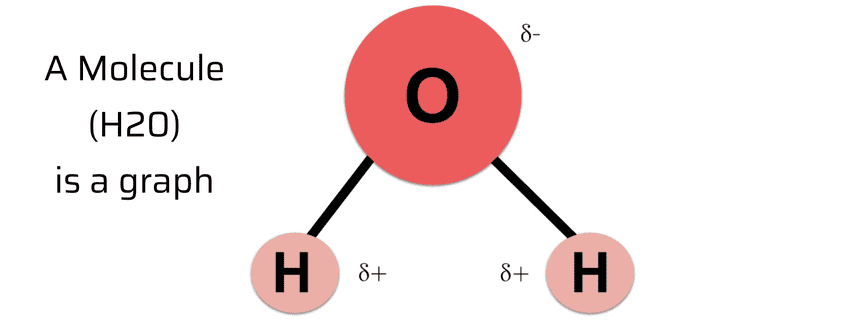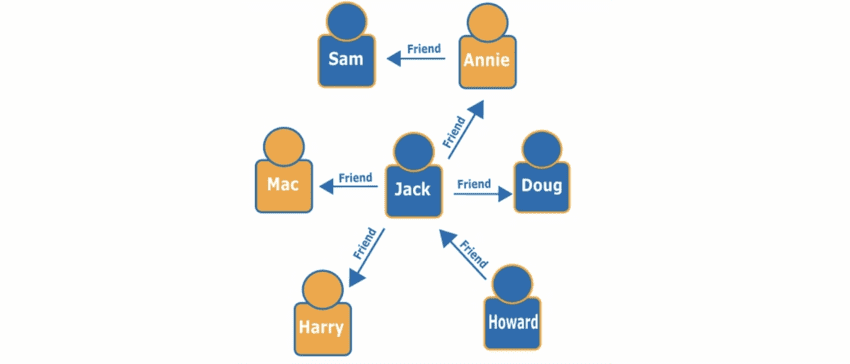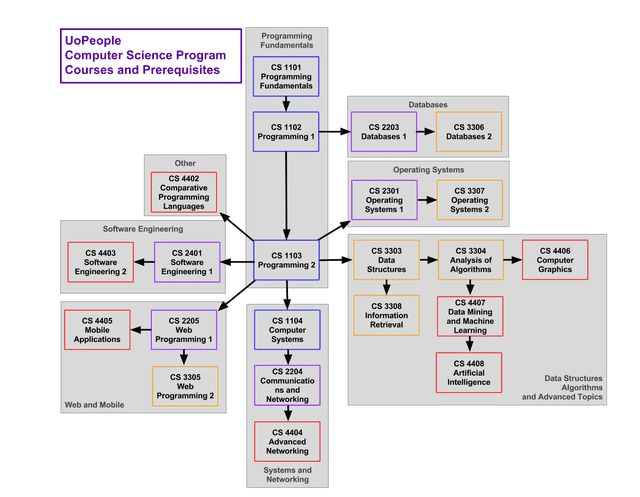This tutorial is a part of the Data Structures and Algorithms class:
- Why do we need graph
- Directed, unweighted graph: visual graph <=> code
- Directed, weighted graph: visual graph <=> code
- Undirected, unweighted graph: visual graph <=> code
- Undirected, weighted graph: visual graph <=> code
- Graph problems and algorithms
Why do we need graph
- Graph is a data structure used to model relationships between entities. Tree is a graph.
- Graph is an extremely popular data structure because anything has relationship.
- We'll learn to: present a graph into code and draw a visual graph from code.
- 2 popular ways to present graph: adjacency list and adjacency matrix.
Directed, unweighted graph: visual graph <=> code
- Adjacency list: list of immediate neighbors.
- Adjacency matrix: nxn matrix (n nodes) of immediate neighbors.
- List is dense. Matrix is sparse.
- Navigate around graph both with: visual graph <=> code (1 to 1 mapping).
- Graph most important problem: is there a possible path from one node to another?
Directed, weighted graph: visual graph <=> code
Some graph problems in real life:
- Find all possible routes from SFO to JFK.
- Find cheapest flight from SFO to JFK.
- Find shortest flight from SFO to JFK.
Undirected, unweighted graph: visual graph <=> code
Undirected, weighted graph: visual graph <=> code
Graph problems and algorithms
-
Problems:
- 1. Visit (collect data) nodes in a particular order. Ex: how to go from SFO -> IAH? Option 1: SFO -> ORD -> JFK -> IAH. Do Jack & Jill have shared friends?
- 2. Modify graph to satisfy some conditions. Ex: what's the minimum bridges should we remove to isolate 2 connected cities?
-
Algorithms:
- Human has been conducting extensive researches on graph algorithms.
- We will discuss in details some most frequently used ones in coming dedicated tutorials.
-
Key take away from today:
- How to present graph <=> code.
- How to navigate from node to node by looking at the code.
-
Optional challenge:
- solve airport problems mentioned above.
- You have learnt 2 algorithms which can be used to solve them in Tree tutorials: depth first search and breath first search.
Real life interview questions
- Translate all visual graphs above into code by yourself.
- Translate all code presentations above into visual graph by yourself.
- Present this simple social network graph in code using both adjacency list and matrix. Write simple, separate programs (for both list + matrix presentations) to print out all the friends a person has. Ex:
Friend(s) of Howard: Jack.
- Present this class prerequisites relationship in code using both adjacency list and matrix. Looking at the list and matrix, just by rough counting, estimate how much space does list need compared with matrix in percentage. (For example, list only take
10%of space compared to matrix).
- For the list and matrices in problem
3and4. If you don't carefully document your code, can anyone (or even future you) read and interprete the code into a different visual graph than the original graph? Why/why not? What options can you think of to prevent this error? - For all the ajacency list presentations of the graphs you have above, just by looking at them, transform them into ajacency matrix.
- For all the ajacency matrix presentations of the graphs you have above, just by looking at them, transform them into ajacency list.
- Optional problems: solve airport problems mentioned above.







